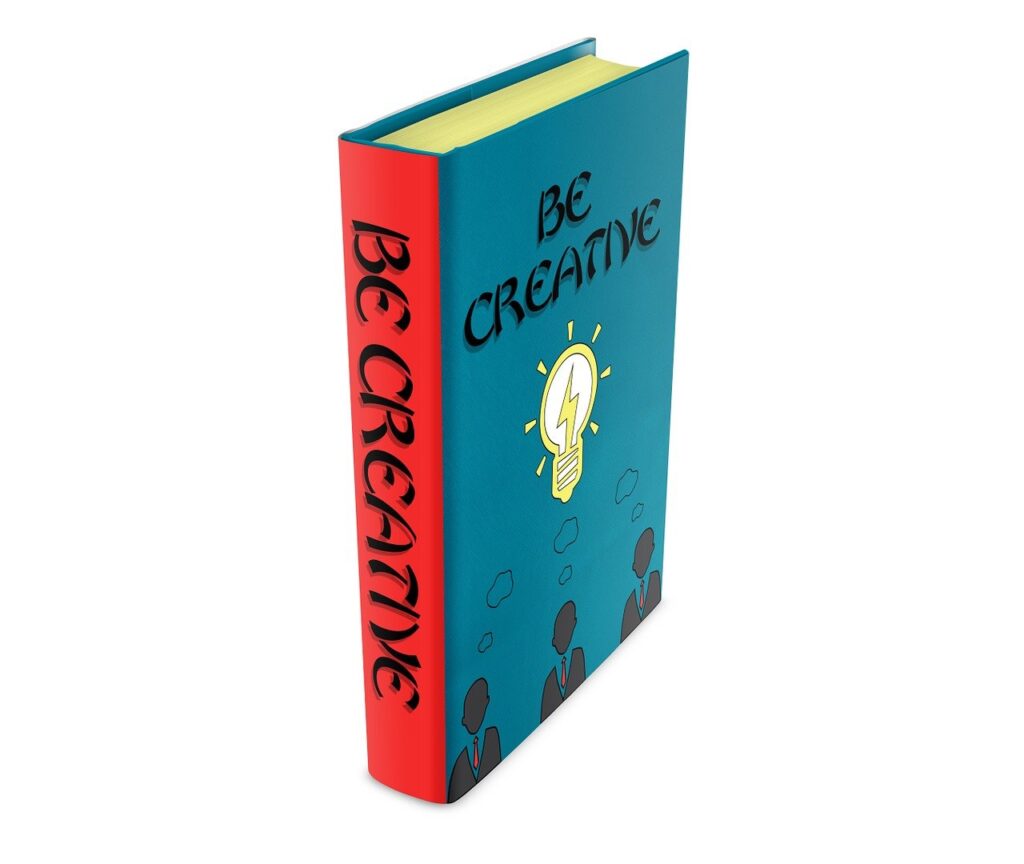What Are The Key Elements Of A Successful Book Cover?
Are you wondering what makes a book cover stand out on the shelves or online? A successful book cover goes beyond just looking pretty; it needs to attract readers, convey the essence of the book, and pique their interest. Let’s explore the key elements that make a book cover successful.

Visual Appeal
When it comes to book covers, visual appeal is crucial. A well-designed cover should catch the reader’s eye and make them want to pick up the book. Choose colors, fonts, and images that are visually striking and complement the genre and tone of the book. Make sure the design is clean, balanced, and easy to read from a distance.
Adding an eye-catching visual element to your cover, such as a compelling image or illustration, can help create a strong visual impact and draw readers in. Consider using high-quality and original artwork that reflects the themes or characters of the book. A visually appealing cover sets the tone for the book and entices readers to explore further.
Title and Author Name
The title and author name are two of the most critical elements of a book cover. The title should be clear, engaging, and easy to read. Choose a font that is legible and suits the genre of the book. The title should also convey the genre and tone of the book to give readers an idea of what to expect.
The author’s name should be prominently displayed on the cover to establish credibility and attract readers who are familiar with the author’s work. Make sure the author’s name is legible and easily identifiable to help readers recognize the author and their writing style.
Genre and Target Audience
Identifying the genre and target audience of your book is essential when designing a successful cover. The cover should reflect the genre of the book through its design, colors, and imagery. Understanding your target audience’s preferences and expectations can help you create a cover that resonates with them and prompts them to pick up the book.
For example, a book cover for a mystery novel might feature dark colors, mysterious imagery, and an intriguing title to appeal to mystery enthusiasts. Tailoring the cover design to the genre and target audience helps attract the right readers and sets the right expectations for the book’s content.
Branding and Consistency
Creating a consistent brand identity across all your book covers can help readers recognize your work and build trust in your brand. Consistent branding elements, such as font choices, color schemes, and visual styles, can create a cohesive look and feel for your book covers. This consistency can help establish your brand’s identity and make your books easily recognizable to readers.
Consider incorporating unique branding elements, such as a logo or icon, that can be used across all your book covers to create a sense of continuity and coherence. Consistent branding can help you build a loyal readership and strengthen your author brand in the competitive book market.

Spine and Back Cover
Don’t forget about the spine and back cover when designing a book cover. The spine should include the title, author name, and any relevant branding elements to make your book easily identifiable on a shelf. Choose a font size and style that is legible when the book is displayed vertically.
The back cover is an opportunity to provide readers with more information about the book, such as a brief synopsis, author bio, endorsements, or reviews. Make sure the back cover is visually appealing and well-organized to entice readers to learn more about the book. A compelling back cover can convince readers to buy the book after they have been drawn in by the front cover.
High-Quality Printing
Investing in high-quality printing can make a significant difference in the overall look and feel of your book cover. Choose a reputable printing company that uses quality materials and printing techniques to ensure that your book cover looks professional and polished. High-quality printing can enhance the colors, textures, and details of your design and make your book stand out among the competition.
When designing your book cover, consider how the colors and details will translate in print and choose a printing company that can deliver the best results. A well-printed cover can make a big impact on readers and increase the perceived value of your book.

Accessibility and Readability
Ensuring that your book cover is accessible and readable is essential for reaching a wide audience. Choose fonts that are easy to read and avoid overcrowding the design with too much text or images. Make sure the title and author name are prominent and legible, even at a small size.
Consider the readability of your cover across different formats, such as print, e-books, and thumbnails. Test your cover design in various sizes and resolutions to make sure it remains clear and engaging in all formats. A cover that is readable and accessible can attract more readers and improve the overall user experience.
Author Branding
Incorporating your author brand into your book cover can help you establish a stronger connection with your readers and build a loyal fan base. Consider incorporating personal branding elements, such as your signature, photograph, or logo, into the design of your book cover. These branding elements can help readers identify you as the author and create a more personal connection with your work.
Building a strong author brand can help you differentiate yourself in a crowded market and stand out to readers who are looking for new books to read. By incorporating your author brand into your book cover, you can create a unique and recognizable identity that sets you apart from other authors and attracts more readers to your work.

Call to Action
Including a call to action on your book cover can encourage readers to take the next step, such as purchasing the book or following you on social media. Consider adding a simple and compelling call to action, such as “Buy Now” or “Follow Me,” to prompt readers to engage with your work further. Make sure the call to action is clear, concise, and easily visible on the cover.
A well-placed call to action can motivate readers to take action and connect with you as an author. Use this opportunity to drive reader engagement and build a relationship with your audience through your book cover.
In conclusion, a successful book cover is a combination of visually appealing design, clear and engaging title, genre and target audience alignment, consistent branding, and high-quality printing. By paying attention to these key elements and incorporating them into your book cover design, you can create a cover that attracts readers, conveys the essence of your book, and encourages them to explore further. Remember to consider your target audience, brand identity, and overall marketing strategy when designing your book cover to maximize its impact and reach.

Comments are closed